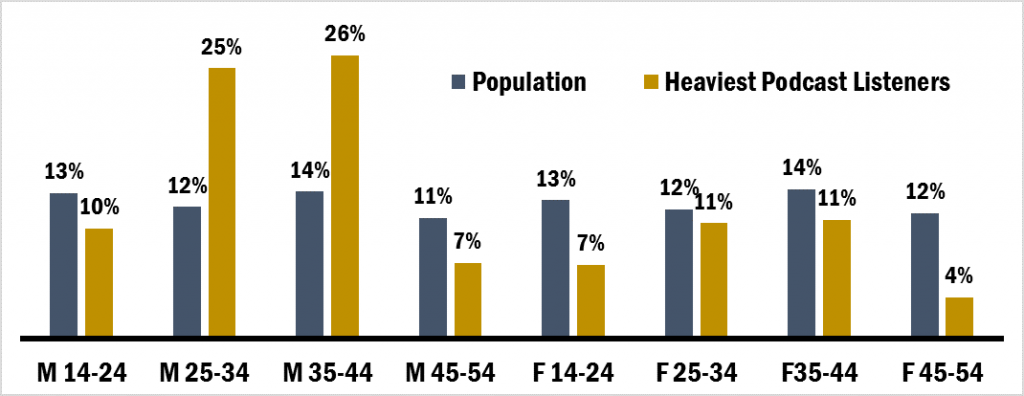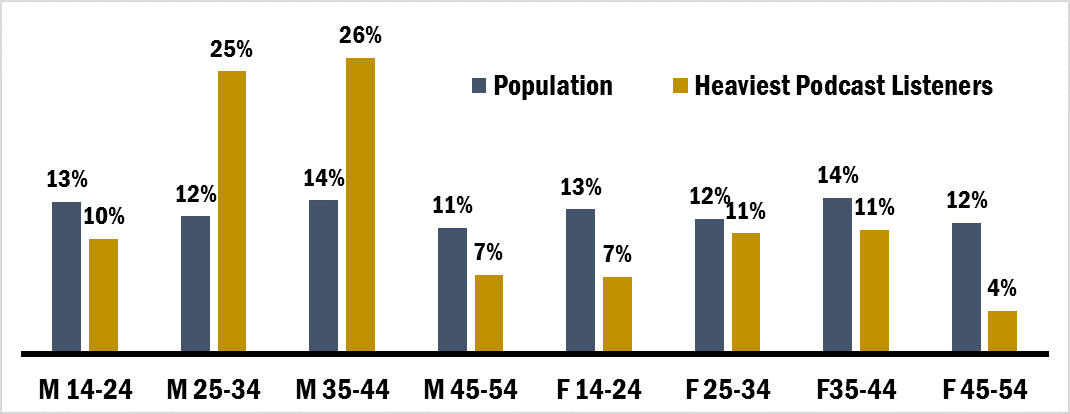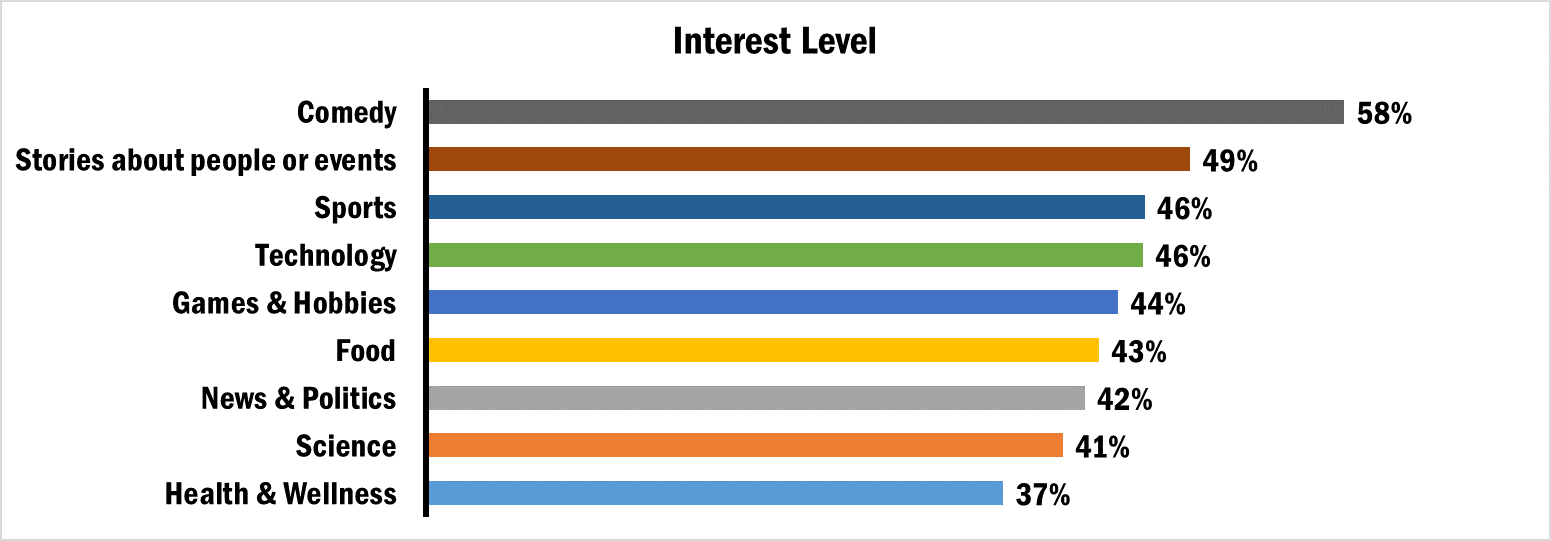Bringing Back Streaming Converts & Competition from Podcast

After the long holiday weekend, we’d shown data from the most recent NuVoodoo Ratings Prospects Study reminding us that Spotify already has a strong foothold for the ears of 14-24’s. While some industry observers believe these young folks will eventually age into Broadcast Radio, we argue that prior generations have relied upon (and often fallen in love with) radio during those formative years.
Rather than dismissing Spotify and other streaming services as non-competitors, we think it’s important that Broadcast Radio embraces these new sources as competition. That step alone, acknowledging these new competitors, means we’re in a growth business – supplying audio content to the ears of consumers, regardless of distribution platform. That step also means we need to consider these new listening options in our strategic and tactical plans.
Decreases in midday PUMM levels in demos and markets is a telltale sign that Broadcast Radio listening is being siphoned off by streaming audio. (As a side note, NuVoodoo’s Marketing Team has developed tactics designed to move listeners back from streaming to client-radio stations (and has had success). In effect, we’re renting the ears of these swing listeners – just as we’ve been renting ears of those listening to terrestrial competitors for decades.)
Along with some thought-starters for music radio last week, we’d seeded a few ideas about spoken-word programming:
- Teaming with a local TV news powerhouse or newspaper to build new all-news stations. The format does well where the high cost of entry makes sense. Partnering with an existing news operation could make it attractive in many other markets.
- Building great local talk stations. Stations that bind listeners together across their metro because of shared interests and concerns at home. It takes strong talent and tremendous coaching, but stations that do it well can sell almost anything for their clients.
- New targets for spoken word. Daytime TV is laden with shows that are really spoken word radio, where the video doesn’t matter much. The content on these shows is heavy on discussions of values, ethics and morals; where the topics are compelling and play to our senses of right and wrong.
We sifted a nationwide sample of nearly 9,000 Persons 14-54 to find the rabid podcast listeners. Insights from those podcast heavy deeps form the foundation of our presentation at Podcast Movement next month in Anaheim and shows the epicenter of the podcast audience to be among younger men – the very same demo that talk radio has been trying to court for years.

To become convinced of the wide array of content possibilities, including the politics and sports that make up the bulk of Broadcast Radio spoken word programming, and extending far outside the perimeters of either, all you need to do is review the iTunes Podcast Chart. To become convinced of the power of Broadcast Radio to build podcast audiences, all you need to do while reviewing the iTunes Podcast Chart is take note of how many are extensions of Public Radio programming.
Commercial Broadcast Radio spoken word programming needs to evolve beyond sports talk and (largely right-wing) politics to be able to capture the ears of these could-be spoken-word radio listeners. Podcast listeners show strong interest in topics outside politics and sports. And there’s no doubt that interest would extend to Broadcast Radio.

While Broadcast Radio doesn’t have the luxury of programming to the very long tail served by many podcasts, there are high interest topics to be mined. Broadcast Radio’s ability to serve local communities is its strongest asset. Its distribution remains an advantage for now.




